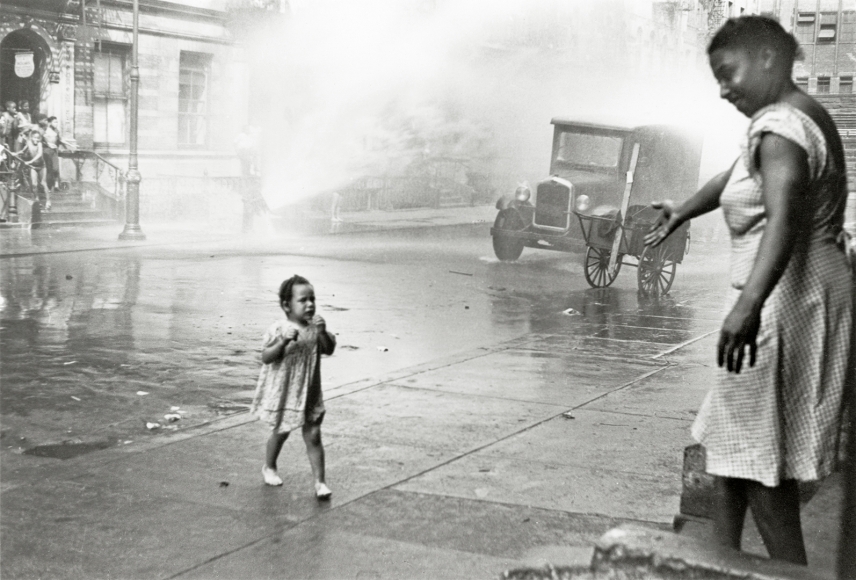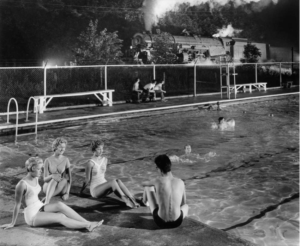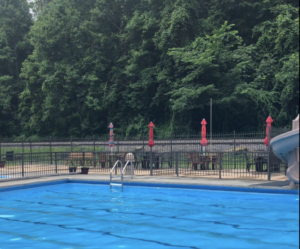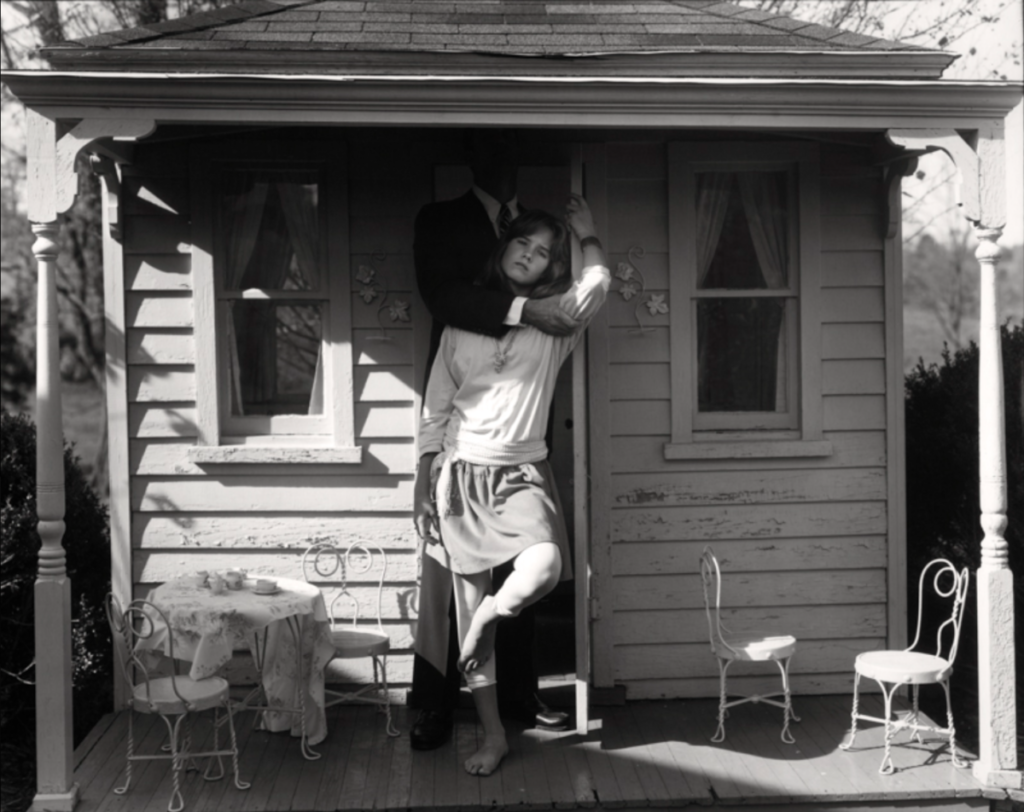Jeeniya Dewan
Photo Essay
Helen Levitt was a remarkable photographer and cinematographer who captured organic moments in time. Levitt, a Brooklyn native, is well known for her spontaneous photographs and expert capture of street scenery. Drawing inspiration from her own surroundings, many of the photos were taken in working class neighborhoods of New York City, displaying an introspective into everyday life. Ultimately, this became an integral component to future street photographers to emulate and inspire the genre itself. Levitt stated, she wanted to capture life just as she viewed it. This opens a new visual world of surreal photography.
Levitt was born on August 31st, 1913, in Bensonhurst, a neighborhood in Brooklyn. Her parents were Russian – Jewish immigrants. As a child, she studied different artforms such as dance, music, and film. She drew inspiration from Charlie Chaplin and Buster Keaton. This is where the essence of her theme came to be as she had a deep appreciation of human movement. She educated herself through reading publications and visiting exhibitions, commonly finding herself in the works of Ben Shahn and Henri Cartier Bresson, who were also street photographers. Soon after, she worked as a part time art teacher in Spanish Harlem. During this period, she noticed and gained an appreciation on stoop life, sidewalks, and the walls of the city. The idea sparked that she’d document life around her and so she began her photography career at the age of eighteen, assisting in a portrait studio in the Bronx.
She was successful in fruitfully capturing moments of everyday life. One of my favorite photographs by Levitt is a black and white photograph taken in the summer of 1939 in New York City. I have gained an appreciation of this photograph because it shows a simple moment with many compositional elements and emotion. The image displays a wet working-class neighborhood with kids lounging on the stoop of a building. The fire hydrants are opened to provide a refreshing and cool spray for the neighborhood during a hot summer day. The subject (the toddler) displays dissatisfaction and annoyance, so it runs to its mother. Levitt’s decision to shoot at an eyelevel brings an overall balance because the point of view is straight forward. The lighting in the background creates a foggy cast in which creates movement with the eye. The lighting also touches the reflections on the ground. The side light on the subjects generates obvious shadows which contrast the lightness in the background. Levitt is trying to show the everyday mundane moments through her lens, and we see the people in the picture simply being present. This goes back to why she was so passionate about street photography and used it to show the rawness and true nature of everyday life. I truly connect to this photo because it reminds me of time in summer of 2003 where there was a heat wave along with a blackout. It pushed the kids in my building and our guardians to spend the day outside playing and mingling, many for the first time by the cooling spray from the hydrant.









Recent Comments